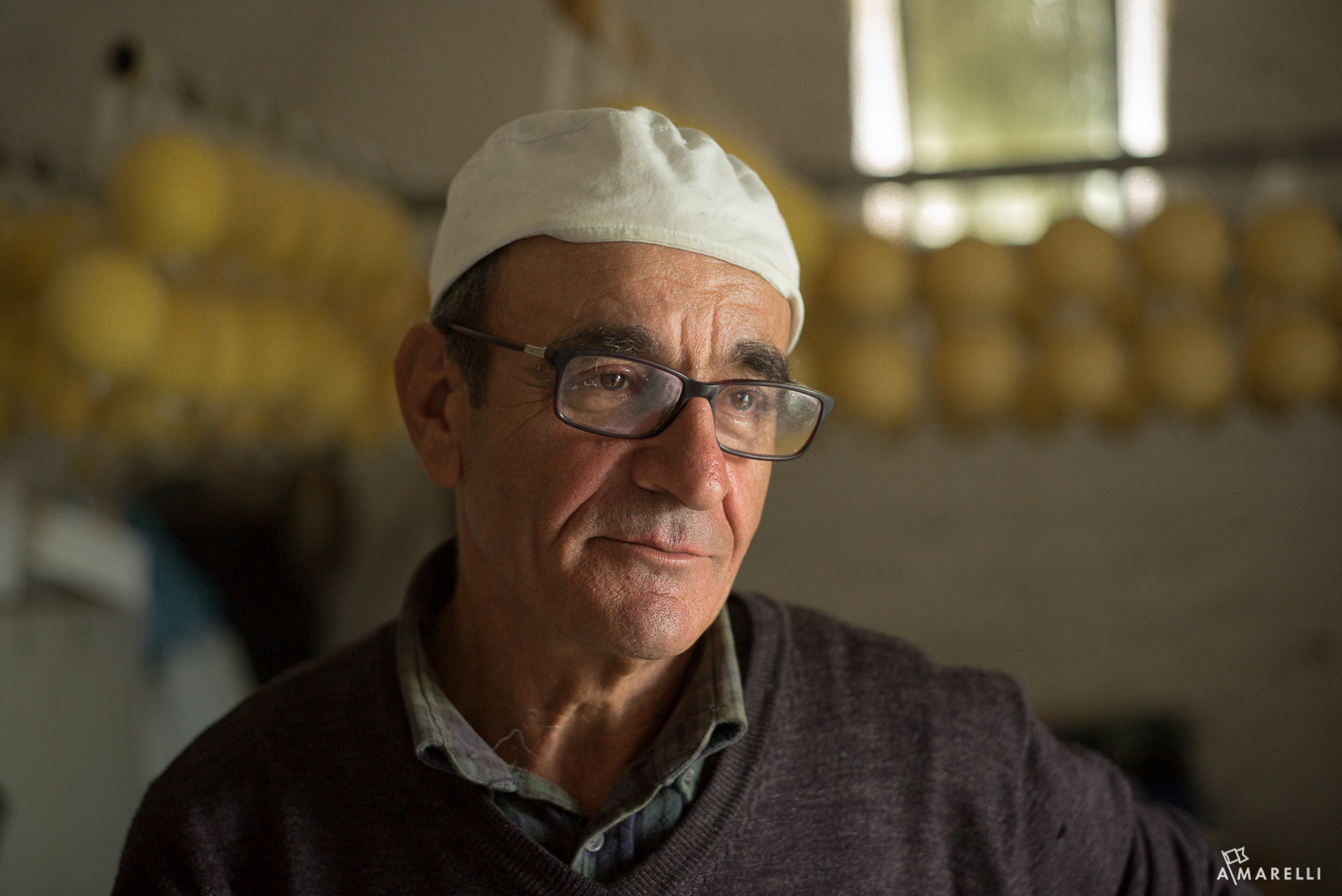
Photography is typically divided into genres, there are landscapes, portraits, still lives … the list goes on. If you are running a photo competition, it is a good way to divide up the work. But if you are a budding photographer, it is not the most helpful way of examining your own work. What if there was an easier way of looking at things that actually helped us figure out what to shoot?
Outside of the highly specialized niches, like molecular photography or lunar photography, most photographers can divide their work into four categories. By breaking things down into four categories, we can take a simplified look at what we shoot and understand why we took the picture in the first place.

Very often photographers say things like, “Oh I am just a hobbyist,” or “I am a landscape photographer,” or “I am a street photographer,” but what are they really taking pictures of and why? Does a street photographer really take pictures of the street? Of course not. Do landscape photographers just take pictures of landscapes? Not if they plan on being successful, they don’t. They have a much clearer idea of what they are shooting and why they are shooting it. If we can add a clear intention to a type of photography, it takes the guesswork and prayer out of shooting.

Let’s look at a common photography dilemma … the photo trip. Each year, millions of photographers plan trips so they can take pictures. They go to temples at Angkor Wat, hike the trails at Machu Picchu, or roam the streets of Paris just to take pictures. But when they get home, they are not happy. Why?
Most of the photographers I meet who are not happy with their pictures struggle to answer this simple question:
What did you look for when you when you took the pictures?

In general, most people don’t know. They were looking for something interesting, something exciting, or something beautiful. What’s wrong with that? Nothing. Those are great things to look for, but they are incredibly vague. Looking for something interesting is like going to a business advisor and having the following conversation:
What did you look for when you when you took the pictures?
ADVISOR: What can I do for you today?
YOU: I want to start a business.
ADVISOR: Ok, what type of business?
YOU: One that is successful.
ADVISOR: What will this business do?
YOU: It will make lots of money.
ADVISOR: And who might be interested in this business?
YOU: Potentially everyone.
ADVISOR: (stares blankly back at you)
See the problem here? There is nothing wrong with wanting to start a successful business or wanting to take an interesting photograph. They are great intentions, but they don’t really mean much unless you have an idea about what you want to do.
A few photographers have turned the question back on me and asked, “Well, what do you look for?” I will tell you what I look for … I look for 4 things when I travel. For the most part, this will represent almost everything I shoot. It is infinitely more helpful to understand what I am shooting, rather than what genre I’m working in.
1. Who did I meet? (Portrait or Street)
2. Where did I go? (Landscape or Cityscape)
3. What did I see? (Still Life)

4. What happened when the lights went out? (Night photography)
How can you use this to trouble shoot your trips? Easy … try this with me. Say, for example, you enjoy taking pictures of people, but you are not happy with the shots from your trips. Instead of lamenting how bad the pictures are, ask yourself this instead, “Who did I meet while traveling?”
What did you look for when you when you took the pictures?
A staggering number of photographers never meet people while traveling. Their interactions are limited to hotel, boutique, and restaurant staff. Go out and have an experience. Meet a few locals, even if you are shy. Put yourself out there and have a real conversation with at least two people a day. The portraits will be an embodiment of who you met, not just an abstract concept, like “portraiture.”
Photography wedges your camera between you and your experience.
If you have an interesting experience, odds are the pictures will be engaging. If you visit a place and float around without ever really engaging the city or the people, the pictures will look like postcards. They will be distant, lifeless, and from a point of view that someone else has already taken.
Step into your own experience and if you are afraid to do that, bring along a friend. Together you can discuss your findings. Once you turn around the way you look at your photography, it becomes impossible to go back to the old way of working.